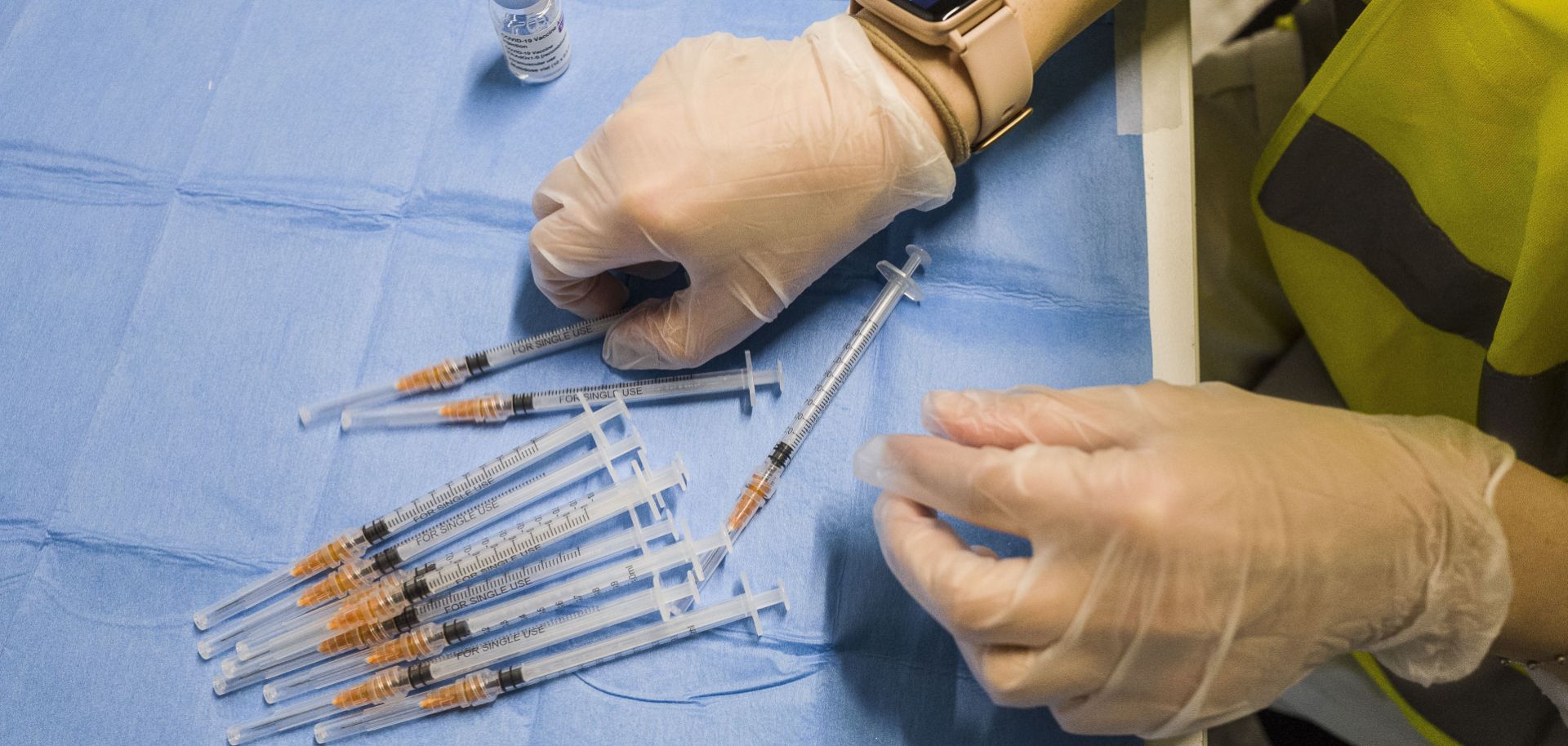After a slow start, the European Union's COVID-19 vaccination campaign has gained momentum in recent weeks, with most member states on track to have at least 70% of their adult population vaccinated at some point in the summer. Initially, the bloc's main problem was the production and distribution of vaccines, but the growing number of shots now becoming available has made this less of an issue. The European Union's next challenge will be convincing enough people to get jabbed, which largely involves fighting vaccine hesitancy.

According to a Eurofound survey, people in Western Europe are more willing to get vaccinated than those in Eastern Europe. In France, as well as some Central and Eastern European countries, support for the vaccines is below 60%. This means that these countries could struggle to reach the 70% vaccination rate needed to achieve so-called “herd immunity.”
Meanwhile, there’s also an ongoing debate in Europe about at what point the pandemic will be deemed manageable. Some countries argue that only vaccinating 70% of people at high risk of developing serious symptoms should suffice, while others argue that 70% of the general adult population needs to be immune before declaring the worst of the health crisis is over.



